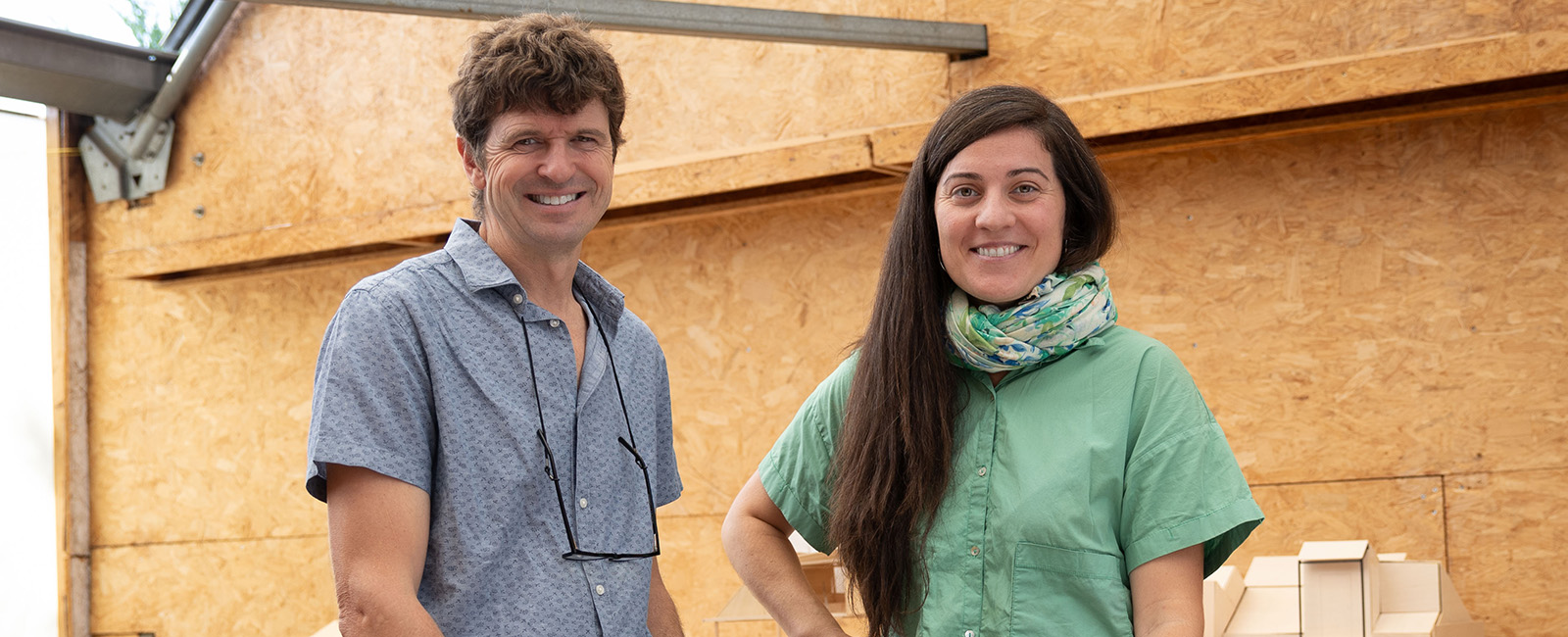RESEARCH TEAM
Principal investigators: Roger Joan Sauquet Llonch (Universitat Politècnica de Catalunya) and Inés Aquilué Junyent (Universitat Politècnica de Catalunya).
Team members: Álvaro Ardura Urquiaga (Universidad Politécnica de Madrid); Ernest Bladé Castellet (Universitat Politècnica de Catalunya); Antoni Grau Saldes (Universitat Politècnica de Catalunya); Pepa Morán Núñez (Universitat Politècnica de Catalunya); José Sergio Palencia Jiménez (Universitat Politècnica de València); Elsa Pastor Ferrer (Universitat Politècnica de Catalunya); Javier Ruiz Sánchez (Universidad Politécnica de Madrid); Beniamino Russo (Universitat Politècnica de Catalunya) and Pascale Vacca (Universitat Politècnica de Catalunya).
DESCRIPTION
The URBAN-RECOVERY project, led by Universitat Politécnica de Catalunya architects and researchers Roger Sauquet and Inés Aquilué, proposes changes in how urban centers should respond to climate disasters like flooding or fires. Its central argument is that reconstruction after such extreme events should not be confined to rebuilding what was there, but should also address the need to design more complex, resilient and safe cities.
Torrential flooding and wildfires have grown in number and severity as a consequence of climate change, with a huge human and economic cost. The project’s main novelty, as Sauquet explains, is the proposal that simulation models be integrated directly into urban planning. “Until now preparation has come down to an urban planning exercise with spot checks, but without risks being truly accounted for in the design.” Among these simulation models are the Iber flood simulator program developed by the Universitat Politècnica de Catalunya, which models the behavior of torrential flows; the Fire Dynamic Simulator, doing the same job for forest fires, and the Geographic Information Systems and Gemelo Digital Urbano platforms, which can replicate whole neighborhoods in 3D and virtually test recovery strategies. “By creating a digital twin we can test any variable in simulated form, from traffic flow to winds or flooding. With these tools, we can anticipate scenarios and design more complex cities, instead of simplifying them after disaster strikes.”
Among the towns they will study is Paiporta, one of the worst affected by the rainstorm of 2024 and a paradigmatic case for research, providing unprecedented human and economic impact data that can help calibrate flood simulations and test the effectiveness of mitigation and adaptation strategies. URBAN-RECOVERY will experiment with scenarios that include channel redesign, adaptive urban regeneration and containment strategies, garnering lessons that can be extrapolated to other similarly exposed Mediterranean towns. They will also study the Pont de Vilomara fire, one of the most devastating of 2022 in terms of the number of homes destroyed. “We are using it as a case study because it shows to what extent a disaster can become a laboratory for profound and far-reaching change.”
Says Sauquet, “one of the project’s main goals is to evaluate past reconstructions, detect how they could be improved on and offer concrete recommendations. Any disaster raises social awareness of where the problems are and means extra resources are put in place.”

